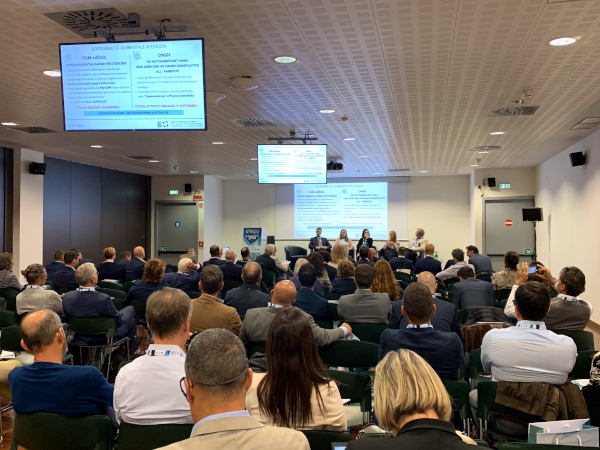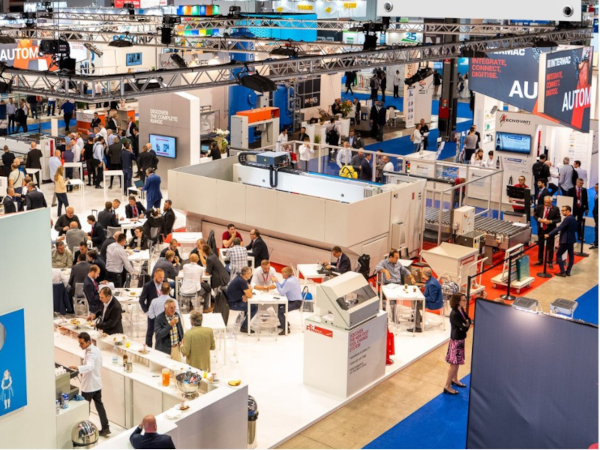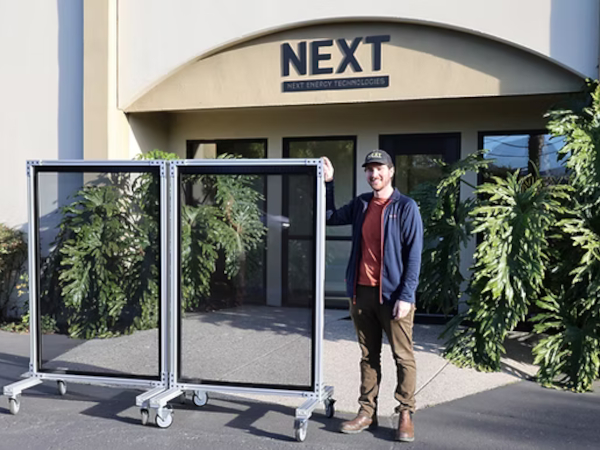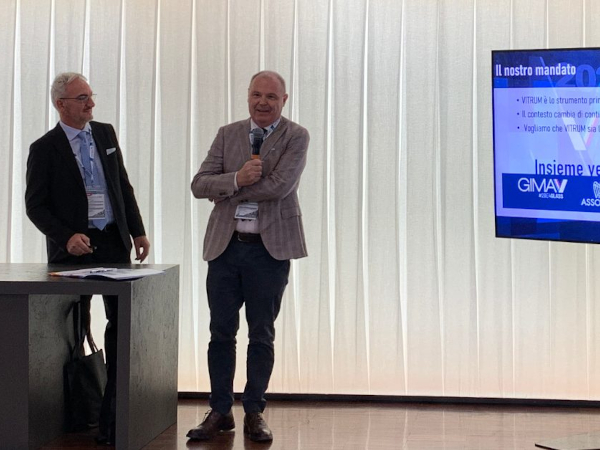Date: 17 January 2013
For example traditional panels will be replaced by photovoltaic facades making large architectural complexes almost self-sufficient energy-wise.
The ongoing economic crisis and the greater difficulties encountered when fixing or confirming incentives for renewable clean energy sources mean that less attention is being dedicated to the sector in general. Yet nothing has stopped, actually it’s anything but that. New solutions and new materials have created more efficient and cheaper technologies that will certainly be strong drivers in the much hoped-for worldwide recovery as soon as the effects start being felt.
The photovoltaic bet is still of course to transform solar energy into electric power in the best possible way. With this in mind, the technology being applied here tries to penetrate the secrets of the material and its components in greater depth, in order to develop cheaper cells that pollute less during production. Yet it also needs to come to terms with a problem that cannot be avoided: solar energy is abundant and clean par excellence, but it is not continuous. Its intermittence means that it is available for a number of hours that is three times less that of energy from traditional sources.
.jpg)
Noteworthy among the latest research findings in the field of photovoltaic energy, is the work done in Italy over the past 3 years by the Institute of Materials for Electronics and Magnetism at the National Research Council in Parma: studies and practical tests have created a new process for the roduction of thin film solar cells that offer great benefits in terms of efficiency, low pollution rates, less need for high temperatures. The thin film is obtained from a special olycrystalline material. As a result it can be applied on a support at almost half the temperature that was needed before and without any highly polluting rocessing work, as is the case instead when traditional methods are used. Production costs are also slashed by up to 50%. The national energy plans of the various EU countries, which includes Italy of course, generally provide strong support for the development of renewable energy sources: among these pride of place is given to photovoltaic energy precisely because of its significantly falling costs and also because it has a lower environmental impact than other technologies, such as wind energy.
One of the most interesting developments in photovoltaic energy is also the tangible, tried-and- tested method of applying it to other structural elements, such as door and window fittings and roof tiles, with immediate applications in the building industry. For this purpose an increasingly closer “collaboration” between technological innovation and design is taking place so that energy efficiency can benefit from a complete architectural integration. Over this past year Sharp began producing its first range of transparent photovoltaic panels that can produce electric power and filter sunlight as well. This means that single elements such as windows or roof windows or even entire photovoltaic walls can now be made. Micro-cells are incorporated into the laminated glass support and produce electricity by transforming the solar energy, while the transparency of the glass remains unaltered.
Since glass is a material with an infinite potential, colored panels are now available as well, that is, a photovoltaic module with a polycrystalline structure and with colored cells. The all-Italian module is made of tempered glass that encapsulates the cells inside two sheets of EVA (Ethyl Vinyl Acetate) with a multilayer transparent sheet of Tedlar.







Add new comment